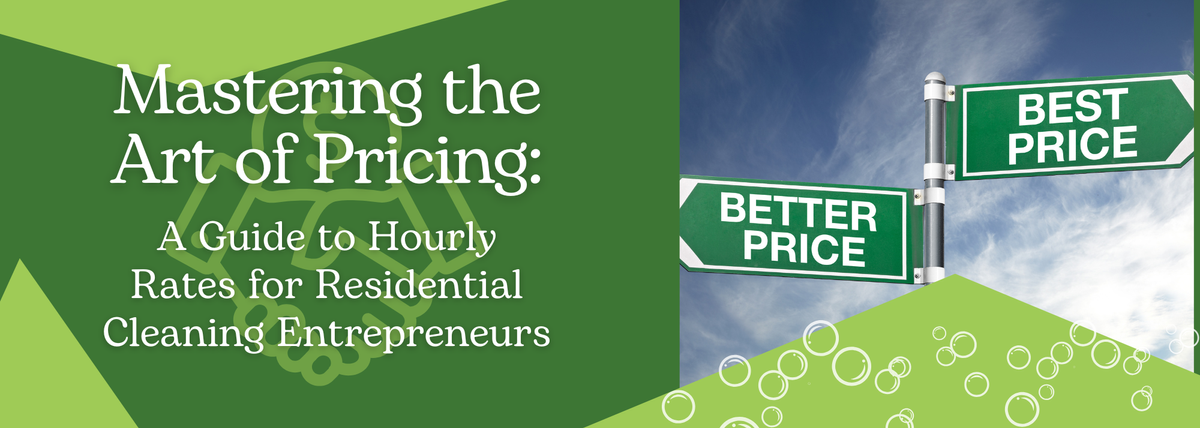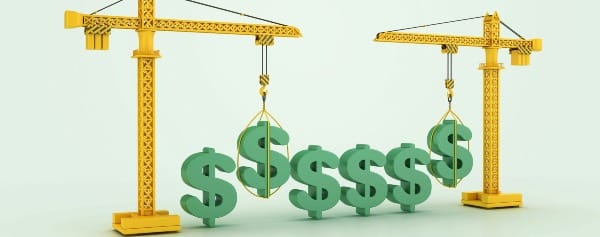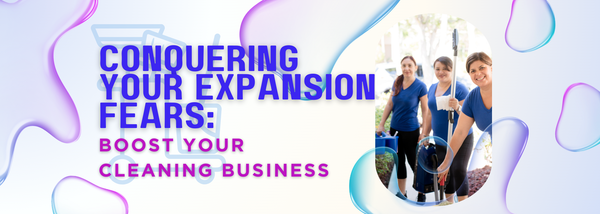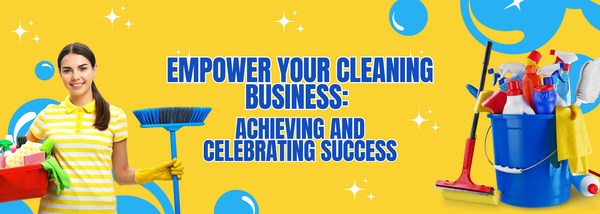Mastering the Art of Pricing: A Guide to Hourly Rates for Residential Cleaning Entrepreneurs

Setting the right hourly rate for your cleaning service is key for business success, helping you cover costs while staying competitive. This guide breaks down hourly pricing, offering practical advice to manage this important business aspect. Whether you're starting out or fine-tuning your pricing, learning how to set the right hourly rate is crucial for growth and profit. We’ll explore what affects pricing, how to clearly communicate your rates, and how to balance great service with fair pay. Let's learn how to master pricing and make smart choices that benefit both your business and your clients.

Why Hourly Pricing Works
Flexibility and Clarity
Hourly rates give flexibility to both you and your clients. Clients can decide how much work they want based on their budget, leading to services tailored to their needs, boosting satisfaction and repeat business. Hourly pricing also offers clarity. Clients clearly understand what they're paying for, building trust and reducing disputes. If extra tasks are needed, clients easily see cost changes. By being open about your rates, you enhance your professional standing and build long-lasting client relationships.

Building Trust with Clients
Hourly pricing builds trust with clients. A steady hourly rate assures clients of your pricing honesty, proving they're only paying for actual services without hidden fees. In the cleaning industry, where reliability is key, trust is vital. Clear rates show fairness and a commitment to ethical practices, leading to satisfied clients, more referrals, and repeat business.

Matching Prices with Work
Hourly pricing ensures costs match the effort you put into each job, guaranteeing fair pay. Unlike fixed rates, which might underpay for time-consuming tasks, hourly rates adjust to the job’s needs. Clients see their payment reflects the actual work done, fostering fairness. This approach encourages efficient work, as you make the most of time and resources.

How to Set Your Hourly Rate
Understanding Your Costs
To find the right hourly rate, start by looking at your costs. Consider fixed costs (like rent, utilities, and insurance) and variable costs (such as supplies and transport). Don’t forget hidden costs, like marketing and equipment upkeep. Knowing your costs helps set a rate that covers them and makes a profit, aiding in a pricing plan that drives growth and sustainability.

Estimating Time and Effort
Accurately gauge the time and effort each cleaning job needs. Look at usual tasks, such as dusting and vacuuming, and consider the space’s size and condition. For new jobs, do a walkthrough to estimate effort. Keep records of past jobs to spot patterns and use them as guides. Also, factor in travel time and specific needs. Understanding the time needed helps you set a fair rate and stay competitive.

Testing and Changing Rates
After you set an initial hourly rate, keep testing and tweaking it. Try the rate with a few clients and get their thoughts on value and pricing. Ensure the rate covers costs and makes a profit. Check your rates against competitors to stay competitive. If feedback suggests changes, adjust slowly. This is also a chance to improve services to better meet client needs. Regularly review rates to keep them in line with market conditions and your goals.

Sharing Your Pricing Plan
Explaining Hourly Rates to Clients
Clearly communicate your hourly rates to build transparency and trust. Explain how your rates work and what they cover. Highlight benefits like flexibility and clarity to show clients they pay only for what’s done. Use simple language to explain cost-influencing factors, like home size. Offer examples to show pricing in action. Be ready to address questions about cost variations or unexpected fees.

Handling Objections About Pricing
Efficiently tackle pricing objections to keep clients happy. Listen to their concerns to grasp their view. Reassure them about the value you offer. Explain your rates’ logic, detailing what each part covers to show fairness. Highlight unique features that justify costs, like eco-friendly products. For concerned clients, provide testimonials or examples. For budget worries, suggest flexible options, like changing service frequency.

Focusing on Value Over Price
When talking about prices, focus on your services' value. Highlight benefits like cleaner spaces and time-saving. Display skills or certifications that set you apart, showing your reliability. Discuss your attention to detail and quality commitment. Mention eco-friendly products offering extra value. Use testimonials to boost perceived value. Persuade clients to think about long-term benefits, such as maintaining property value. By stressing advantages, help clients see past costs to the value you provide.

Want to Discover Your Perfect Hourly Rate?
If you’re unsure where to start with setting your hourly rate, I highly recommend using a pricing calculator. This tool can help you figure out a rate that’s fair for both you and your clients, based on factors like your location, hours, and business expenses. It takes the guesswork out of pricing and helps ensure you're getting paid what you’re worth. By entering a few details about your business, you can get a customized hourly rate that reflects your needs. Once you know your hourly rate, you’ll have a strong foundation for determining fair prices for every job, whether you're charging hourly or using a fixed rate based on time estimates.
Check out the calculator today to discover your ideal hourly rate!




